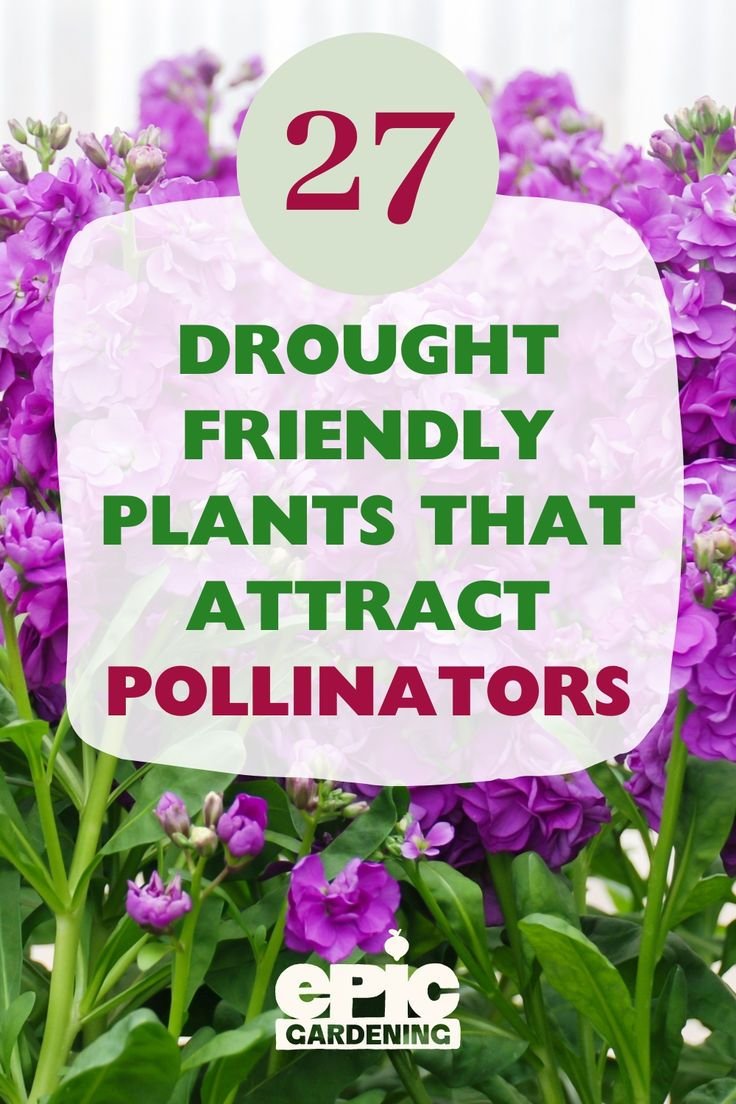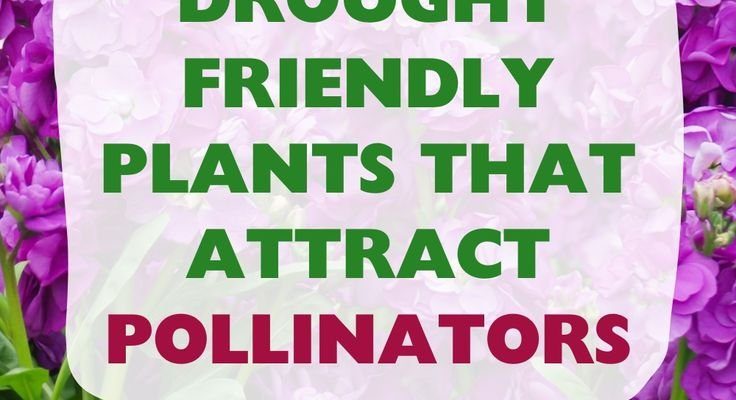
So, you might be wondering how to attract these unique little critters to your garden. The key is choosing the right plants. Some plants are like beacons for inchworms, offering them food and shelter. Just think of your garden as a restaurant and inchworms as the diners. You want to have the right menu items that will keep them coming back for more. Let’s dive deeper into which plants will help you create an inchworm-friendly environment.
Understanding Inchworms
Before we jump into the best plants, let’s take a moment to understand what inchworms are. These tiny creatures are the larvae of various moth species, often belonging to the Geometridae family. They get their name from their distinctive looping movement, which resembles the motion of measuring something with a ruler—hence, “inchworm.”
Inchworms typically feed on a variety of leaves, making them a potential garden guest you’d want to encourage. They can be green or brown, which helps them camouflage against predators. Most importantly, they can be beneficial as they contribute to the overall biodiversity of your garden. By inviting them in, you’re fostering a healthier ecosystem.
Plants That Attract Inchworms
Now that you have a handle on who inchworms are, let’s talk about the plants that will lure them in. While there isn’t a one-size-fits-all solution, certain plants are especially appealing to these little guys. Here’s a list of some of the best options.
- Oak Trees: These majestic giants are a favorite of many inchworm species. The leaves are tender and provide a hearty meal.
- Willow Trees: Willows are not just beautiful; their soft, long leaves are a tasty treat for inchworms.
- Maple Trees: Maples attract many types of inchworms, particularly in the larval stage.
- Fruit Trees: Apple and cherry trees can also draw in these little creatures, offering both shelter and food.
- Hostas: These lush perennials are not only gorgeous but also serve as a buffet for inchworms.
By strategically planting these species, you create an inviting habitat for inchworms, providing them with plenty of munching options.
Creating the Right Environment
Attracting inchworms isn’t just about planting the right greenery; it’s also about creating a welcoming environment. Here are some tips to make your garden more inchworm-friendly:
– **Go Natural:** Inchworms thrive in a garden that’s rich in native plants. These species often offer better nutrition and attract other beneficial insects.
– **Avoid Pesticides:** Using chemicals in your garden can harm inchworms and other helpful bugs. Try organic methods for pest control whenever possible.
– **Mulch & Compost:** Healthy soil helps plants thrive. Adding organic mulch or compost can improve soil quality, making your plants more appealing to inchworms.
– **Diverse Planting:** The more variety you have in your garden, the better! A mix of plants can provide habitat and food for inchworms while also attracting other beneficial insects.
Creating the right atmosphere helps inchworms feel more at home and encourages them to stick around.
Common Problems and Solutions
You might run into a few challenges while trying to attract inchworms to your garden. Here are some common issues and how to tackle them:
1. **Pests:** If you notice other pests taking over, it might be time to reassess your gardening techniques. Try introducing beneficial insects like ladybugs, which can help manage pests naturally.
2. **Weather Extremes:** Inchworms can be sensitive to drastic weather changes. When planting, consider local climate conditions and choose hardy plant varieties.
3. **Predators:** Birds and other wildlife love inchworms, so it’s helpful to provide plenty of plants for them to hide among. Dense foliage can offer protection from hungry beaks.
By keeping an eye on these issues, you can create a stable habitat that welcomes inchworms into your landscape.
Why Inchworms Matter in Your Garden
You might be curious about why inchworms are worth your attention. Well, for one, they’re a vital part of the food chain. Inchworms are food for birds, small mammals, and other insects. This connection helps maintain a balanced ecosystem in your garden.
Moreover, inchworms help with pollination indirectly. As they munch away on leaves, they attract various birds and insects that help spread pollen among your flowering plants. So, by attracting inchworms, you’re also indirectly benefiting the overall health of your garden.
Inviting inchworms into your garden can be a rewarding endeavor. By planting the right species, creating a welcoming environment, and being aware of common challenges, you can foster a mini-ecosystem that thrives. It’s all about balance—your garden becomes a beautiful space not just for you, but for these charming little critters, too.
So, grab some seeds, do a little planning, and enjoy watching the inchworms inch their way into your world. Happy gardening!

